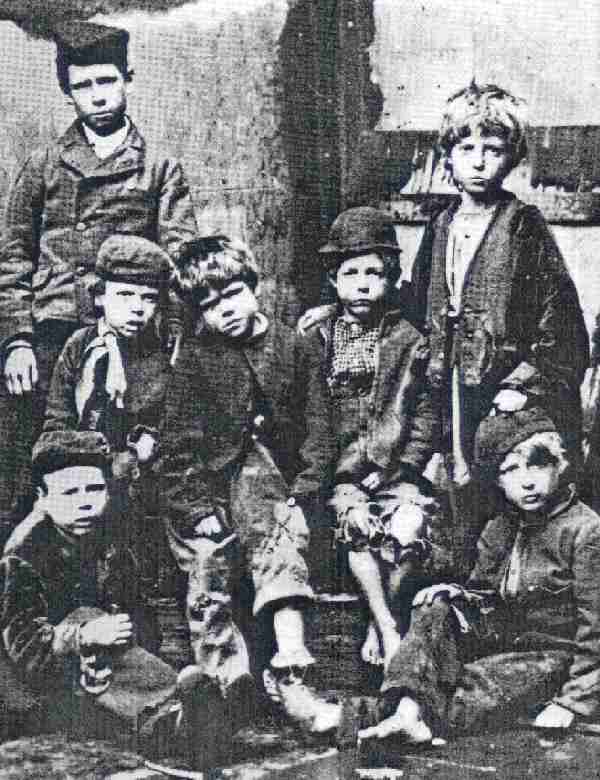
Figure 1.--This portrait shows street childrenfrom London during the mid-19th century. |

|
The Industrial Revolution in the process of revolutionizing the British economy impaired the livilhood of many workers. This disrupted family life creating many homless children, many of which could be found on city streets.
Currently we only have a page on English street children. We believe that this was a problem throughout Europe, America and Canada, and other countries. We
are not sure to what extent the problem in England compared to other countries. As the Industrial Revolution appeard first in England, the problem with abandoned children may have appeared first in Britain.The availavility of inforamion suggests that it may have been greater, but perhaps the English just publicized it more in an effort to address the problem.
The Industrial Revolution in the process of revolutionizing the British economy impaired the livilhood of many workers. Those who had eaked out a livving doing piece work in their homes, for example, could no longer compte with modern machinery and factories which required less labor. This disrupted family life creating many homless children, many of which could be found on city streets. Currently we only have a page on English street children. We believe that this was a problem throughout Europe, America and Canada, and other countries.
We
are not sure to what extent the problem in England compared to other countries. As the Industrial Revolution appeard first in England, the problem with abandoned children may have appeared first in Britain.The availavility of inforamion suggests that it may have been greater, but perhaps the English just publicized it more in an effort to address the problem.
There were lots of destitute children then who were either orphaned or abandoned and had no place to live. Jim Jarvis discussed below was one of those boys who lived in 19th Century London. There were similar boys in other major cities like Liverpool and Manchester. Jim was an orphan and lived on the street.Jim was like all the other ragged children. Their's was
a rough life. During the day they wandered through the London East End alleyways begging from strangers. They were always in danger of exploitation by professional criminals. If begging did not work then stealing food from market stallholders was their only alternative to finding food. None went to school or had an adult to care for them. These were the forgotten boys and girls of 19th Century England. One questin that is unclear to us at this time is just who these children were and why they were not taken into care in work houses and orphanages. Apparently institutinalization was not mandatory, but this must hsave changed during the 19th century.
At first respectable society avoided pauper children but a movement started and by the 1860s a more caring attitude to the poor had developed. Ten-year-old Jim Jarvis was not totally alone there were people who cared about him. The Ragged School movement gave the care. It was started by John Pound, a shoemaker by trade, who opened the first Ragged School in Portsmouth in 1818. Others took Pound's idea opened these schools. The facility was free for the poor children who attended. It was Lord Shaftesbury who had in 1844 brought such schools together in an organisation called the Ragged School Union. Angela Cotts, of the famous banking family, gave it large sums of money. The movement flourished and by 1866 it was well established and schools were everywhere.
Perhaps the mpost famous of the London streechildren is Jim Jarvis. One cold winter’s night Jim was huddled around the fire talking to Thomas Barnardo and time
past all too quickly. It was time to go home. Barnardo sent the children away. He thought they were going ‘home.’ The only boy left was Jim. The boy was dressed in tatty but conventional clothes. These were ready made and most likely third hand clothes. He wore long
trousers and a checked shirt. Over the shirt he wore a waistcoat. He wore a pair of worn out boots. The boy’s face was pale but filled with dignity and intelligence. The warm fire was inviting. The boy wanted to stay in the warm room and sleep on the floor.
Look and Read No. 568 (November 2, 1974).
Dr. Barnardo’s Web Page.
100 Great Adventures (Odhams Press, 1968). P 271-
C.H. Palmer Dr. Barnardo’s Eyes are Opened.
Doherty Berke, Street Child (1994).
Navigate the Boys' Historical Clothing Web Site:
[Return to the Main 19th century children in history page]
[Return to the Main English orphanage page]
[Return to the Main English working page]
[Introduction]
[Activities]
[Biographies]
[Chronology]
[Clothing styles]
[Countries]
[Topics]
[Bibliographies]
[Contributions]
[FAQs]
[Glossaries]
[Satellite sites]
[Tools]
[Boys' Clothing Home]
